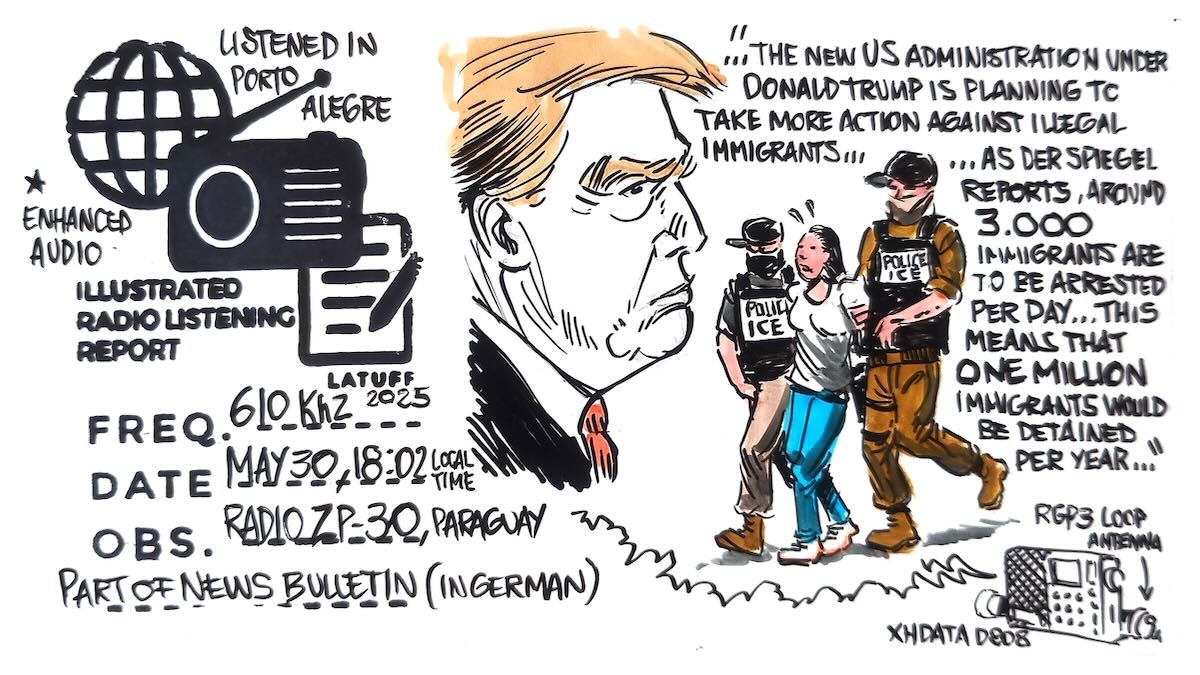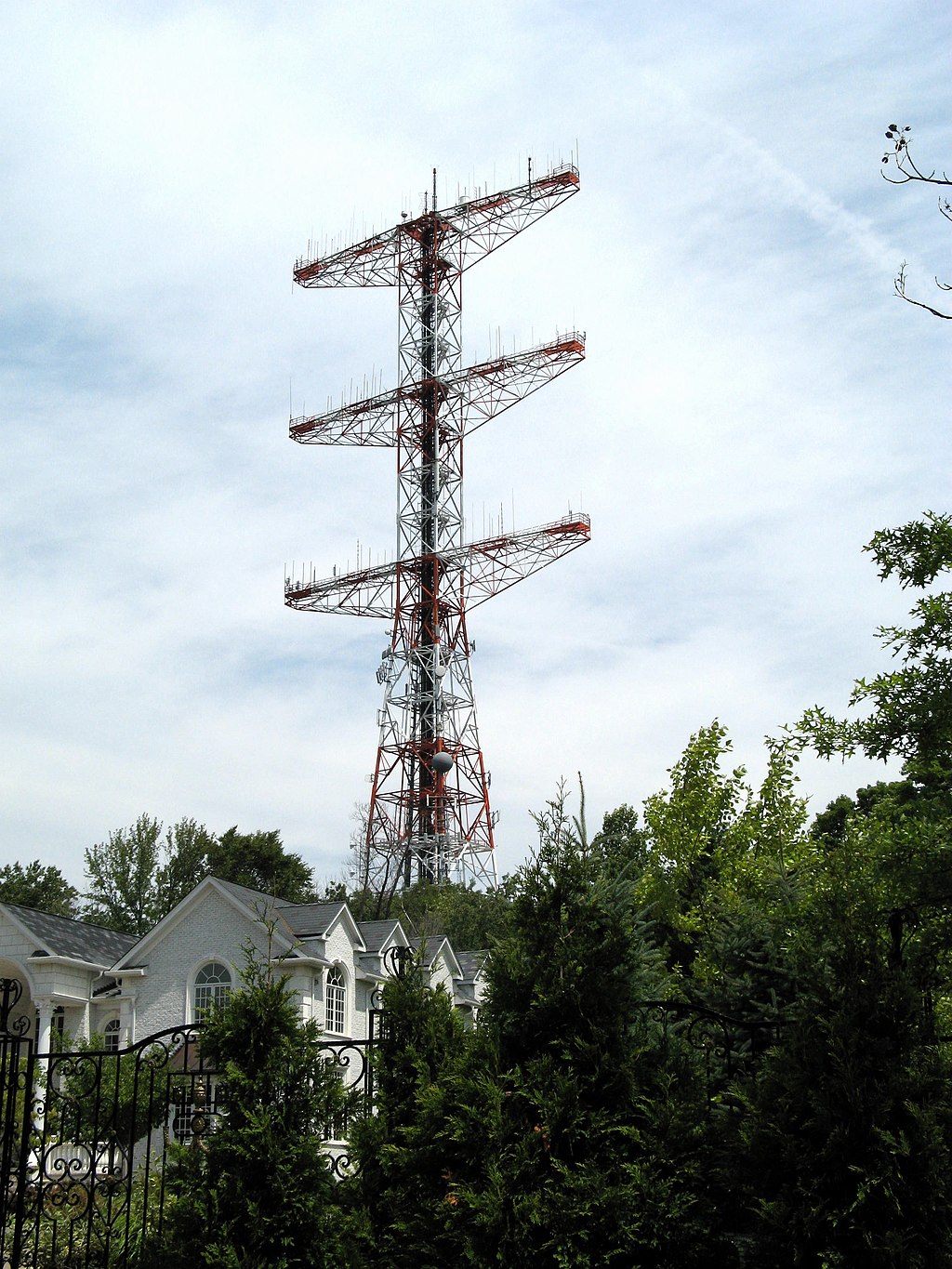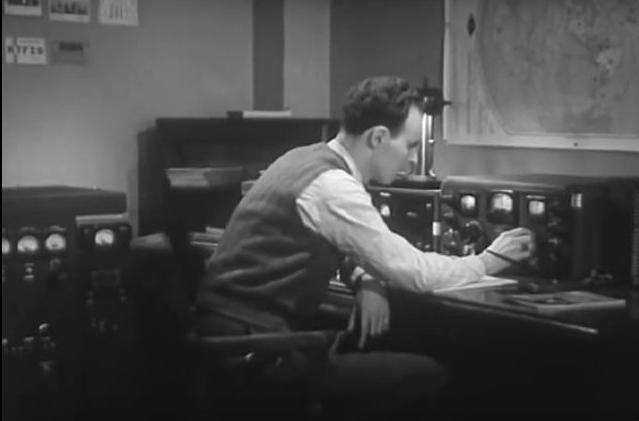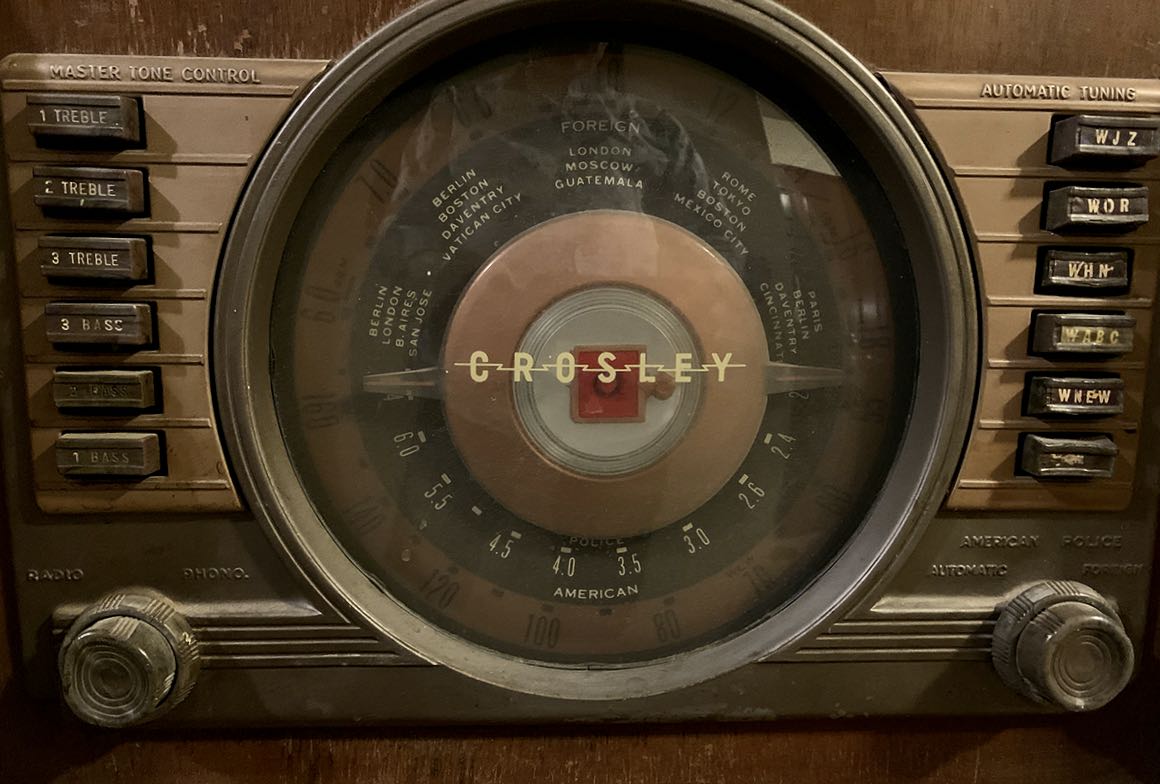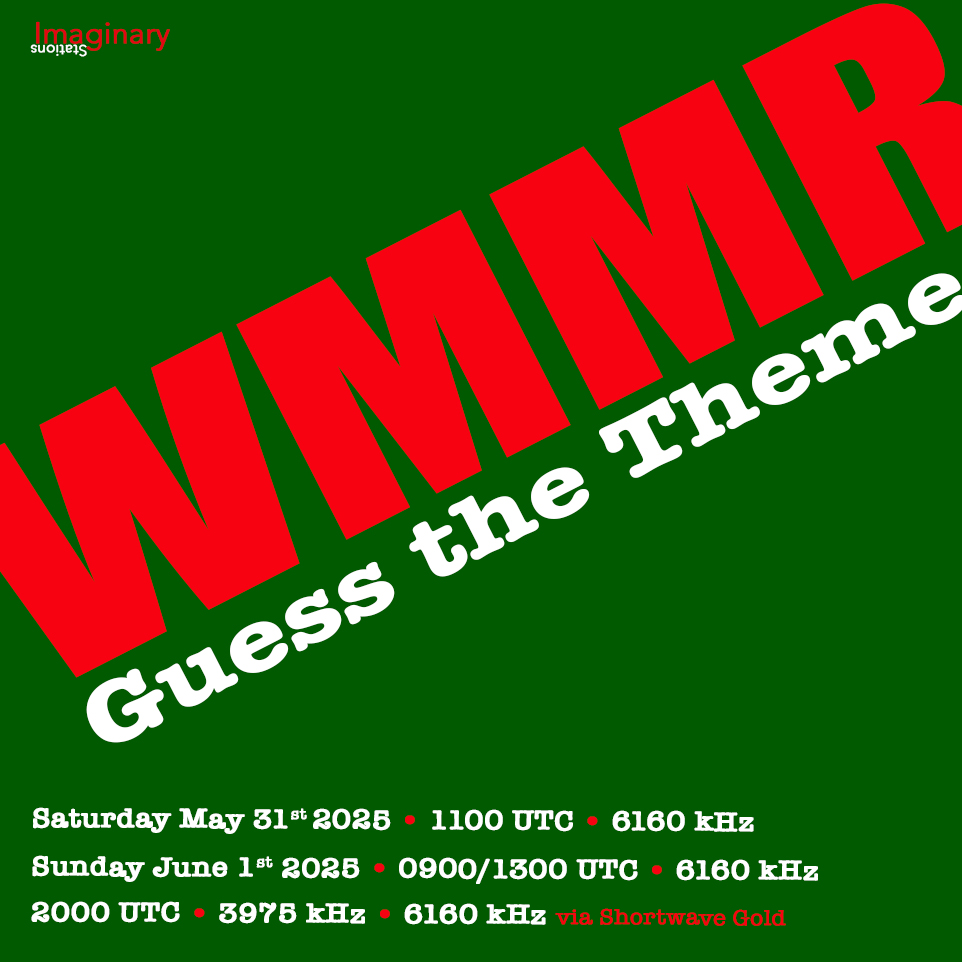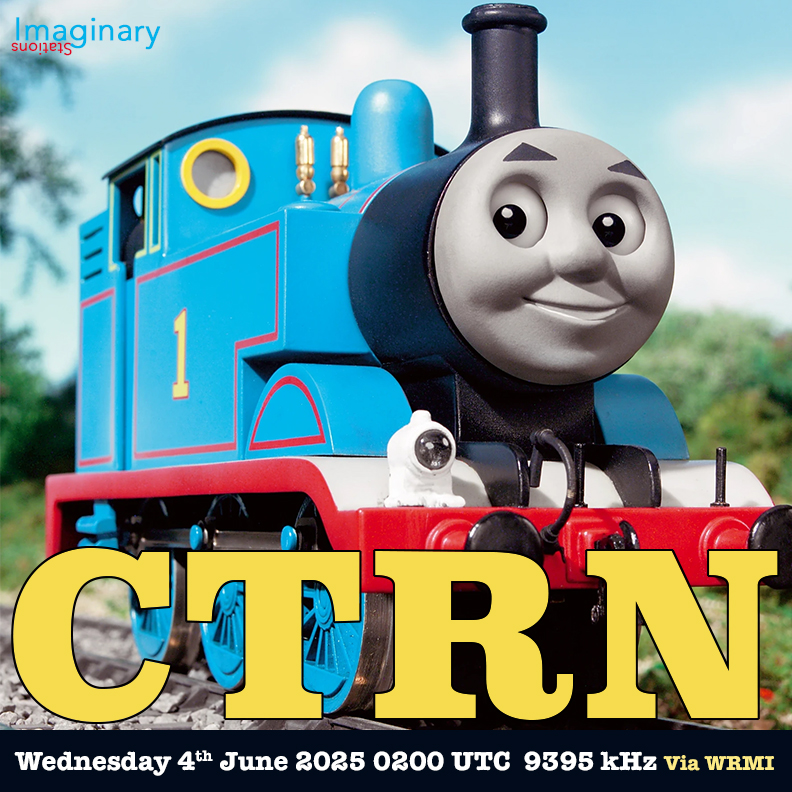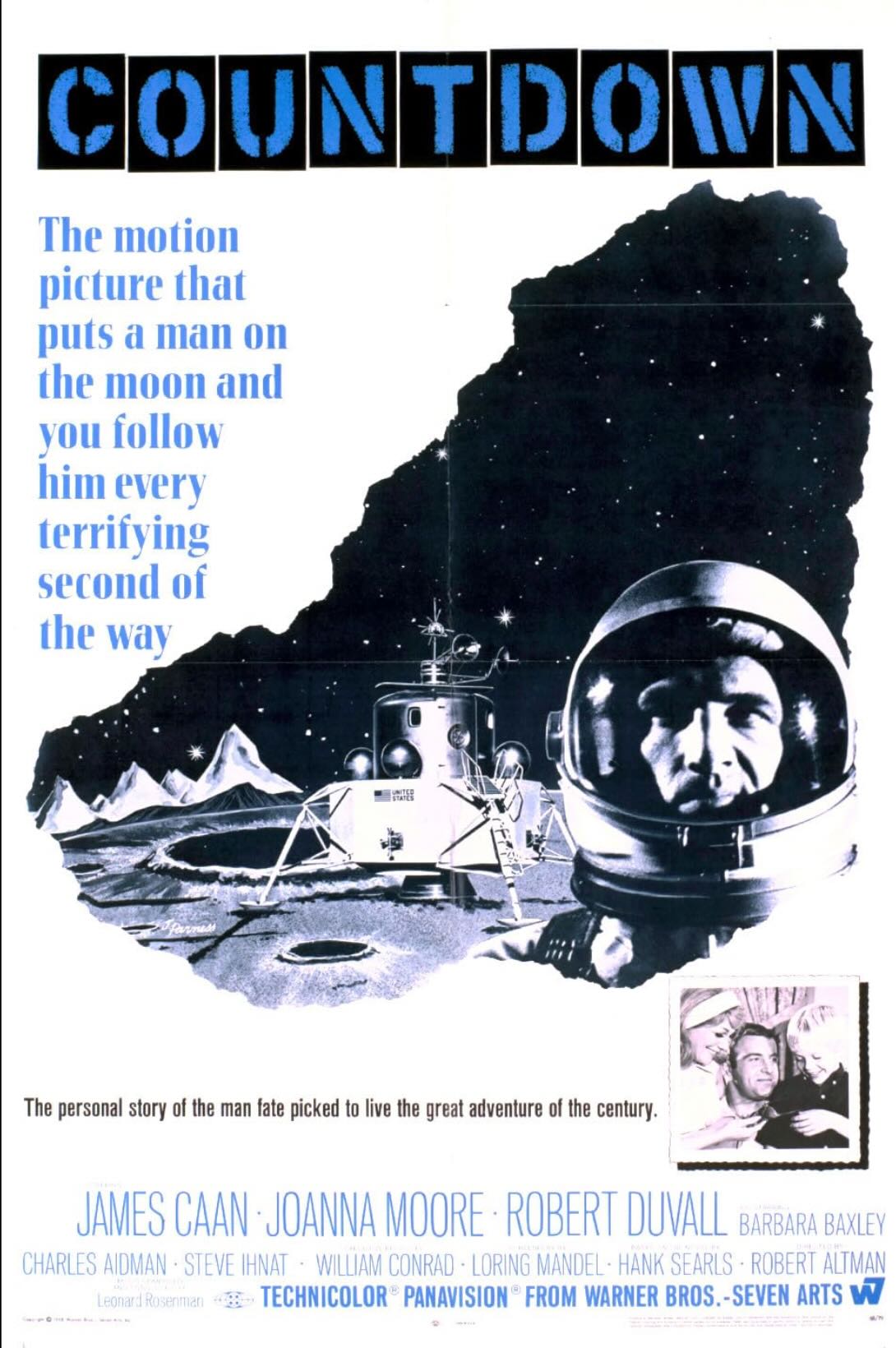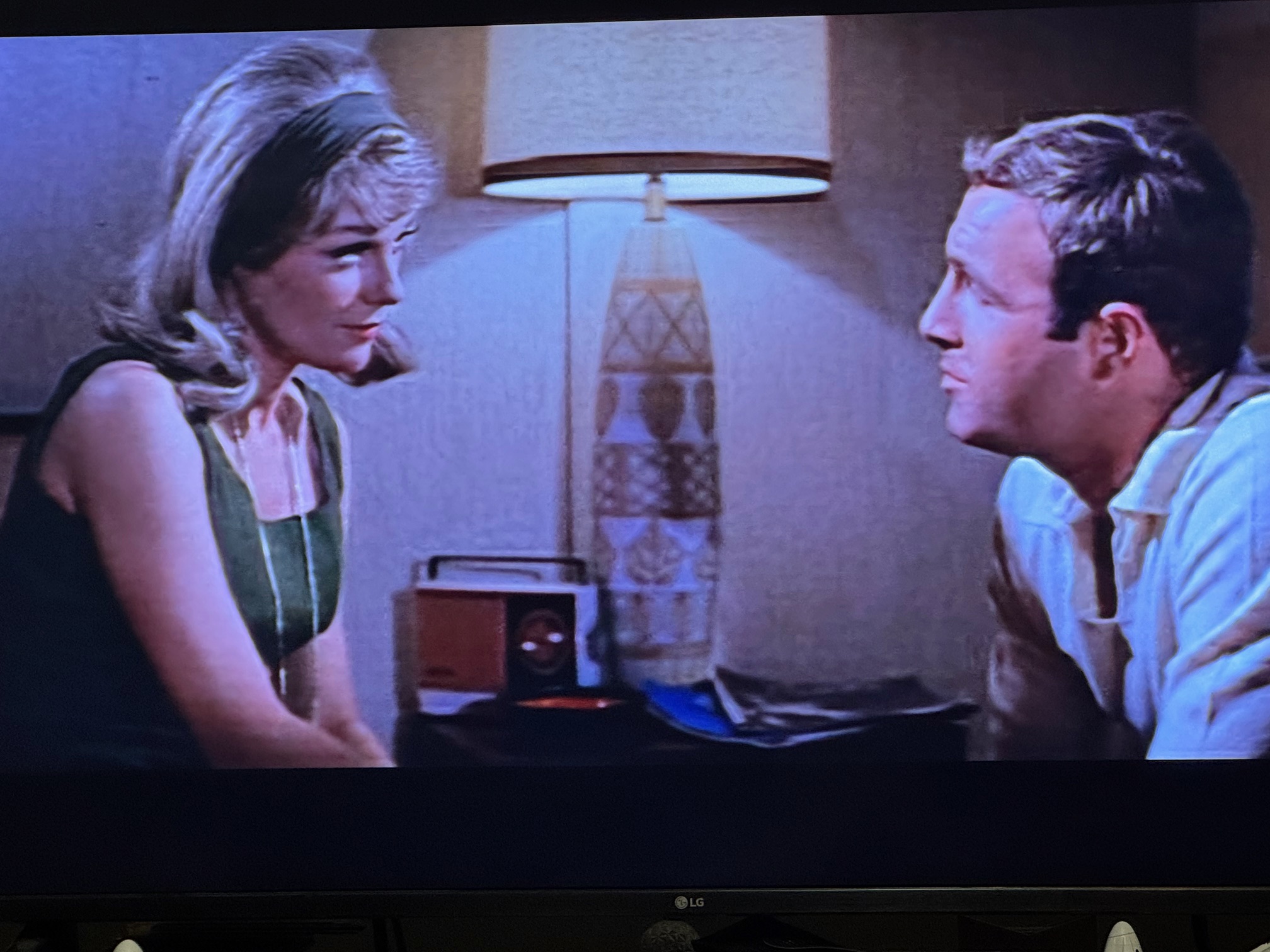 Many thanks to SWLing Post contributor Saul Broudy (W3WHK), who writes:
Many thanks to SWLing Post contributor Saul Broudy (W3WHK), who writes:
13 Colonies Special Event 1-7 July 2025
For years I have been one of the operators for WM3PEN, the ham station in this event representing the city of Philadelphia, where the USA officially declared its independence from Great Britain on 4 July 1776. I thought the SWL world might have an interest in logging the 16 stations participating in July’s 13 Colonies event described below, and sending for a certificate and/or QSL cards.
73,
Saul
In just a few weeks, one of the most popular summer operating events kicks off – The 13 Colonies special event. Now in its 17th year, the event has grown from special event stations making approximately 12,000 contacts to last year making 292,496 contacts around the world.
The event runs from 1 July 9:00am EDT – 7 July midnight EDT (1 July 1300 UTC – 8 July 0400 UTC).
This year, event organizers are recognizing the 13 Colonies event founder Ken Villone, KU2US.
The event consists of one station operating in each of the 13 original colonies (K2A – K2M) and three bonus stations (WM3PEN – Philadelphia, GB13COL – England, TM13COL – France) each representing their city, state, or country’s role in America’s colonial period.
Ham radio operators and SWLs alike can participate in the event(all modes). Complete information about the callsign for each colony station and the bonus stations can be found on the event website 13colonies.us, and they can follow us on Facebook – 13 Colonies Special Event Community. Stations need only make one contact or report with one of the participating stations or they can go for a clean sweep and listen for all 13 Colonies stations and the 3 bonus stations. Each station offers a special QSL card for the event as well as a different certificate each year. Operators can keep an eye out for the various stations by watching many of the DX spotting sites such as DXSummit.fi.

